With all the attention that kale has been getting for the past few years, it would be understandable if you hadn’t heard about Swiss chard. So you may ask What is Swiss Chard?
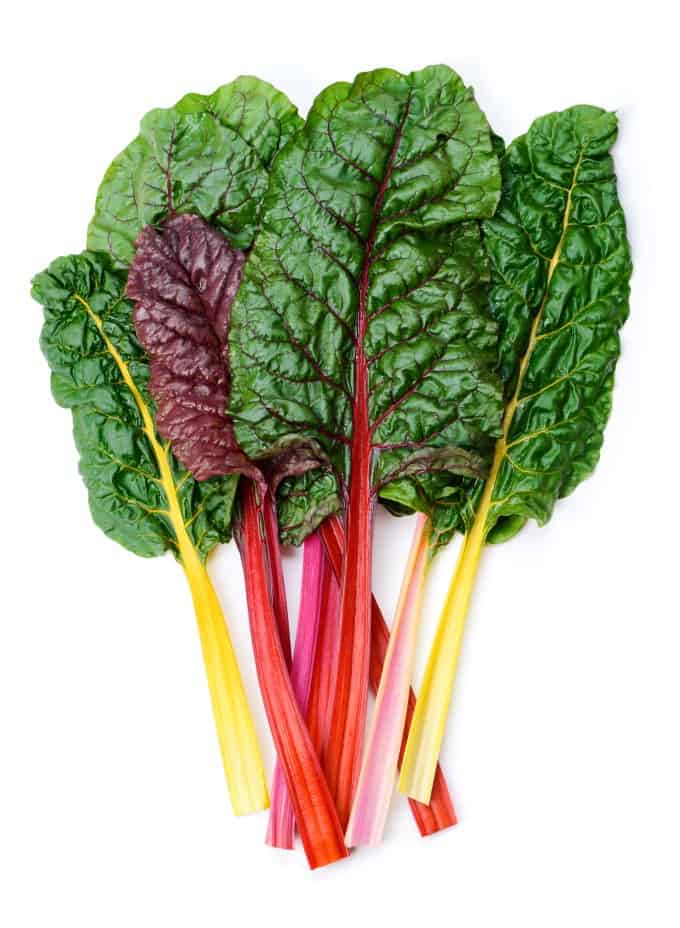
Helpful Items For This Post
This post contains affiliate links. As an Amazon Associate, I earn a small portion from qualifying purchases at no extra charge for you.
Heirloom Rainbow Swiss Chard Seeds
Fordhook Giant Swiss Chard Seeds (White Stems, Huge Leaves)
It’s similar to kale in texture, but it’s much more versatile and has a milder flavour that many people enjoy more. If you have heard of Swiss chard, it’s most likely the rainbow variety (that you see above) that you think about, but there are 4 types – ruby with a deep red stem, white with a white stem, yellow with a yellow stem, and rainbow which is a mix of all 3 stem colours.
Whatever the color of the stems, the leaves of all varieties are the same deep green though.
Swiss chard is a bit of a misnomer though, as the vegetable doesn’t hail from Switzerland at all but from Sicily. It’s a staple in Italian cooking from the region and easily found in most ethnic grocery stores.
It got named “Swiss” out of the mistaken belief that the botanist who differentiated between Swiss chard and French Spinach, Karl Koch, was Swiss. He wasn’t, but the name stuck.
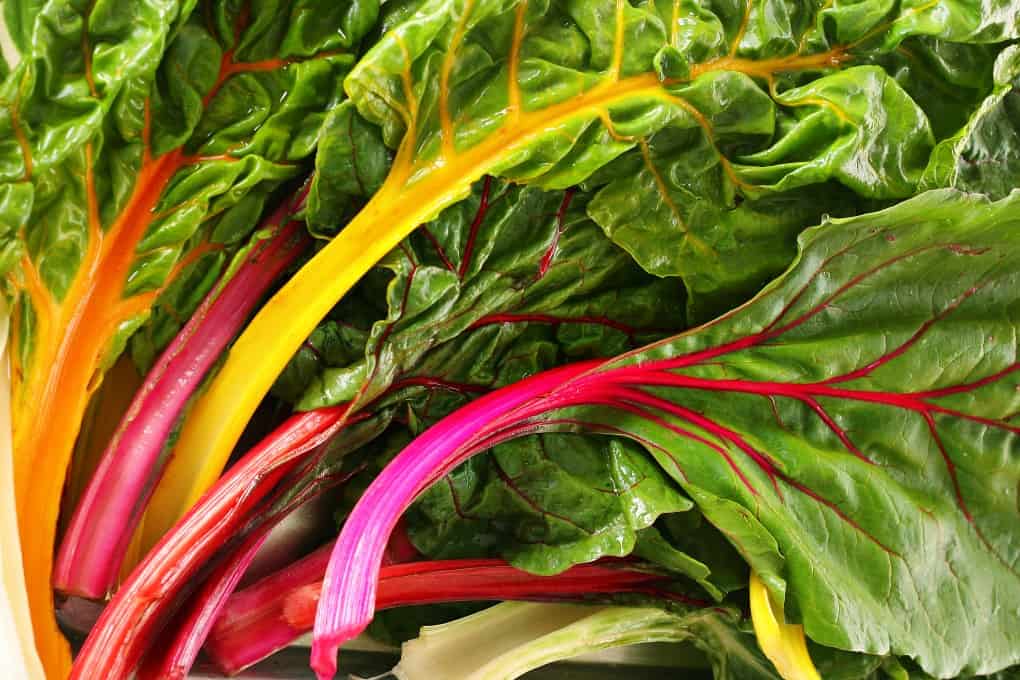
What Does Swiss Chard Taste Like?
There are two parts to the Swiss chard – the stem and the leaves. You’ll want to separate them for storage and for cooking. The stems have a taste comparable to celery stalks or bok choy stems – very mild.
This holds true whether they’re cooked or raw. The leaves have a similar taste to spinach – some people argue that it’s bitter but it is only very slightly bitter when raw – unlike the much more popular kale.
Picked fresh out of the garden, it is a great addition to summer salads and stir-fries – plus it’s really easy to grow and does well in containers.
What Do I Do With Swiss Chard?
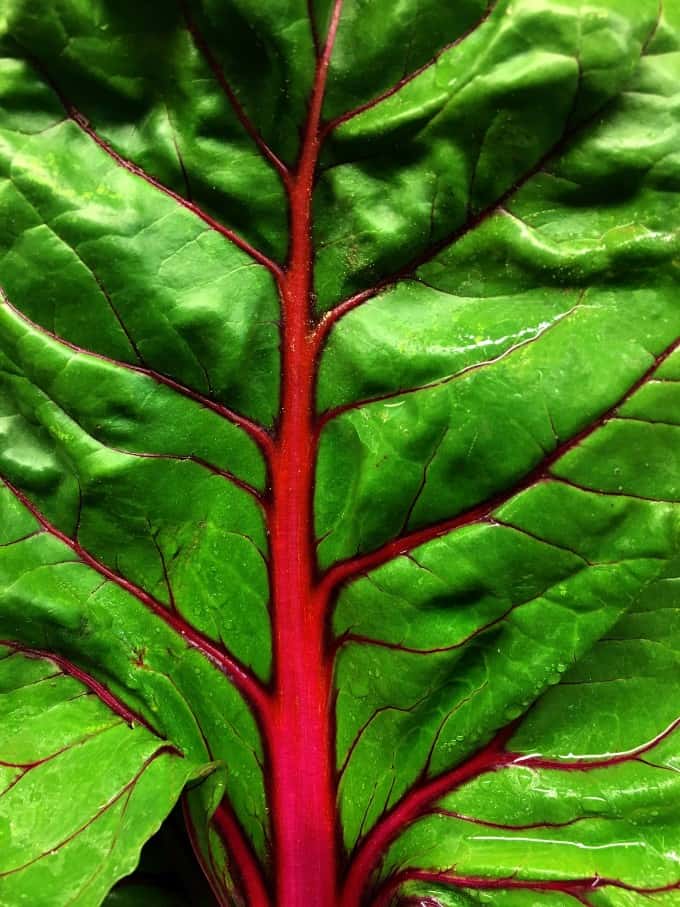
First you’ll want to wash it under running water because the bumpy surface of the leaves and the groove in the stem can trap dirt.
You don’t want to do this when you buy it though, as the leaves can wilt a little when washed – so do it right before using it.
You can use the leaves raw in a salad, or use them as a wrap instead of a tortilla – they’re wonderfully sturdy and can be quite big.
Swiss chard is a highly versatile ingredient – the stems are great in a soup or stew, you can sauté the leaves in a large skillet over medium heat, steam them, or add them to omelets and let them partially cook while the omelet cooks. It is a great vegetable to enjoy for a weeknight dinner.
Heat oil, I like to use olive oil over medium-high heat and saute rainbow chard with garlic and red pepper flakes, and season with salt. This makes an excellent side dish that is also gorgeous to look at.
Is Swiss Chard Good For You?
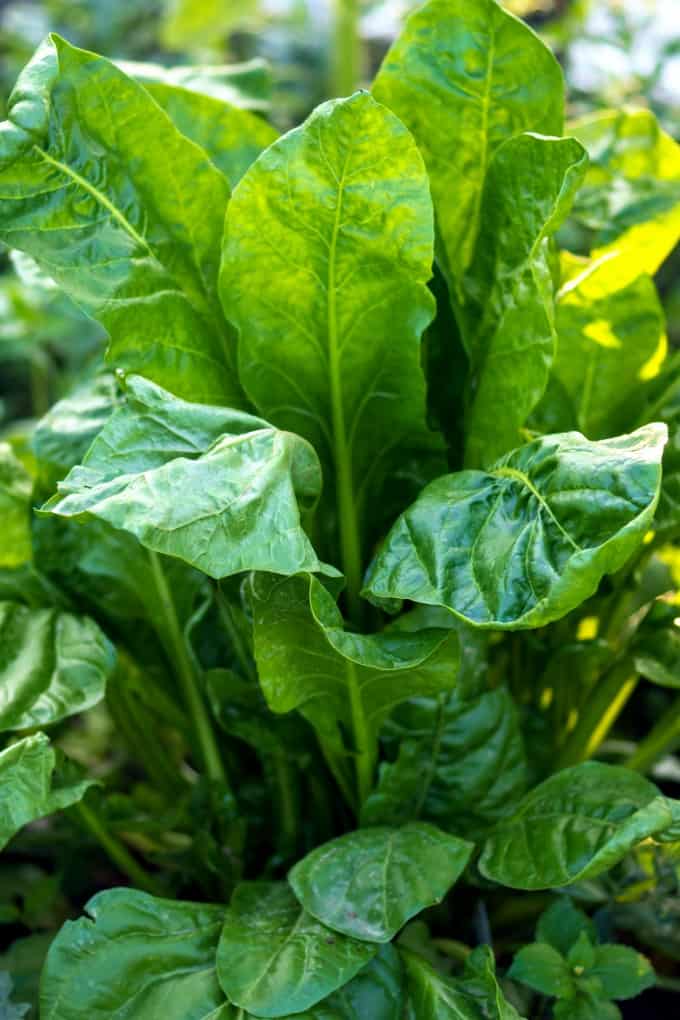
Nutrition-wise, Swiss chard leaves pack a punch – a single cup contains two and a half times the daily recommended amount of vitamin K. It’s also high in vitamins A and C and has a modest amount of vitamin E.
A cup of this leafy green veggie will also get you 22% of the Recommended Daily Intake (RDI) of iron, 38% of the RDI of magnesium, 27% of the RDI for potassium, and 10% of the RDI of calcium. It’s a leafy green superfood full of dietary fiber too.
It is in season from late summer to fall in North America but is imported year-round from Italy. You can find it in season in most grocery stores and farmers’ markets.
How to Grow Swiss Chard
To grow this vegetable you will want to start your crop in early spring to midsummer for a fall harvest. This vegetable likes full sun but will tolerate light shade. It loves well-drained soil to grow in.
Sow seeds 1/2 inch deep about 18 inches apart. It doesn’t like to be crowded so thin as needed. It is fairly easy to grow, just needing a good watering and maybe a fertilizer too.
This vegetable is actually a biennial but is harvested in the first year as keeping it longer and letting it seed leaves it too bitter to enjoy.
Have you grown or used Swiss chard before? What’s your favorite Swiss chard recipe?
Here are some of our favorite posts of vegetables you may not be that familiar with! Read about them, try something new, you can now be more adventuresome with a bit more knowledge.
What is Kohlrabi? What Do I Do With It?
What are Shishito Peppers? How do I cook them?
What is a Sunchoke or Jerusalem Artichoke?
What is Ube? What Can I Make With It?
Romanesco Broccoli – What is it?
What is Chayote Squash and What Do I Do With It?
What is Celery Root {Celeriac} and What Do I Do with It?
Pin it HERE!!
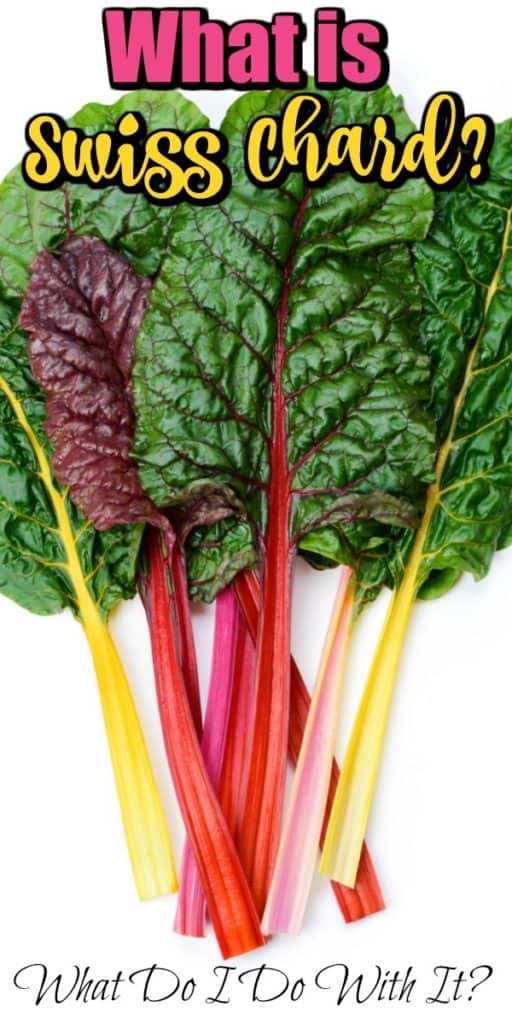
Pin it HERE!
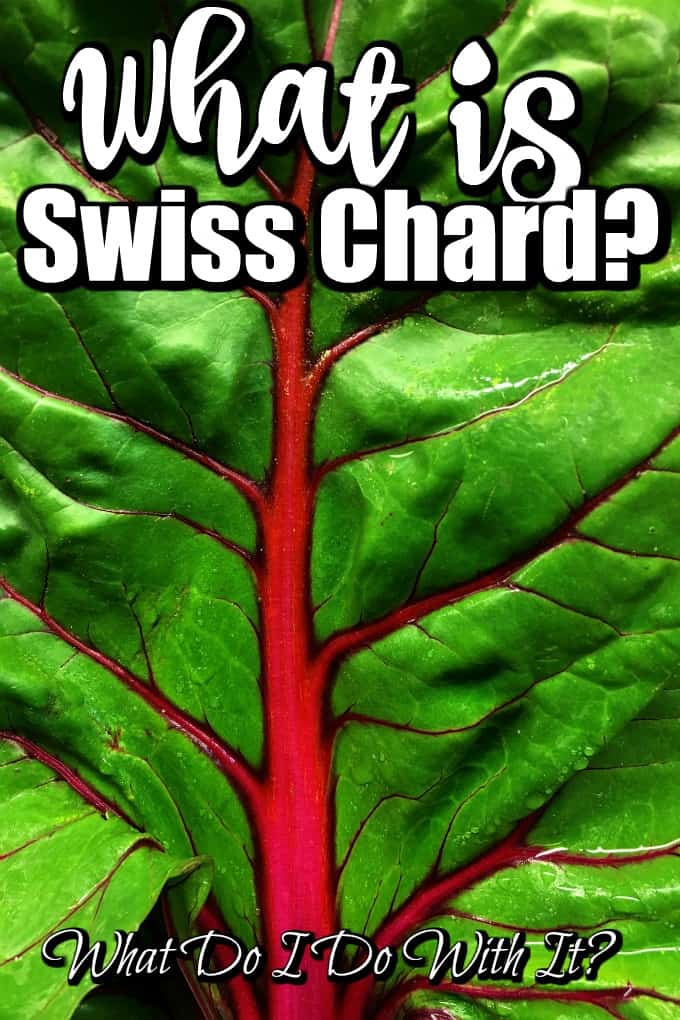

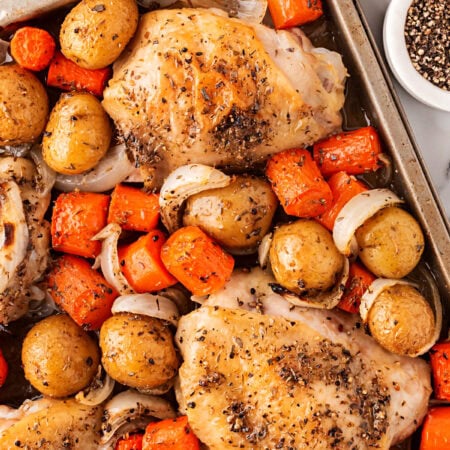
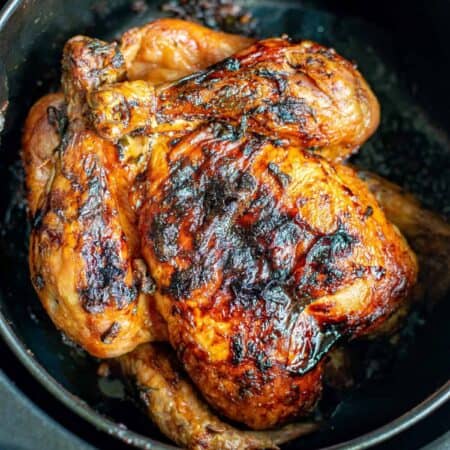
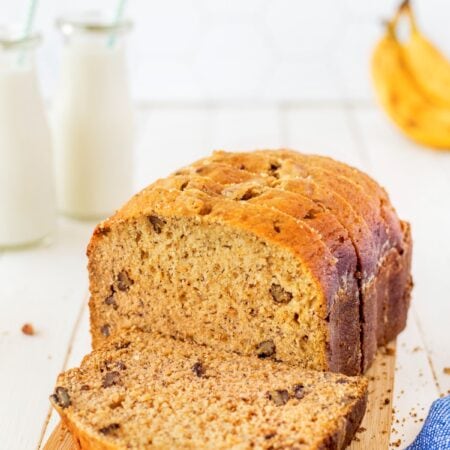
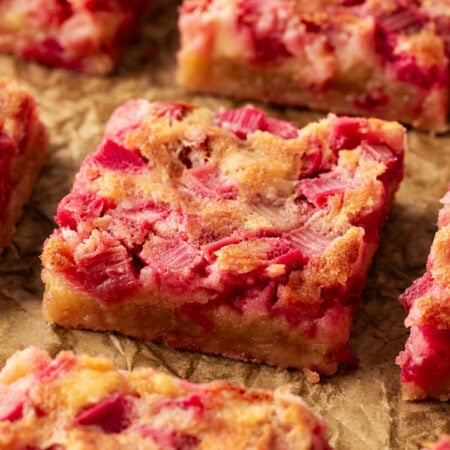



Comments & Reviews
Natalie says
Thanks for this informative article. I use chard a lot in my cooking. Health benefits of chard impresses me.
Toni Dash says
Oh! I love swiss chard! Thank you so much for this really useful info.
Brianne says
I’m so glad you shared this. I LOVE Swiss Chard, but I never knew how to cook it. I can’t wait to give it a try at home now. I love the flavor and texture of this green.
TARA PITTMAN says
I just bought some chard seeds. We are warm here until December so I hope that I am able to grow lots of this delicious veggie